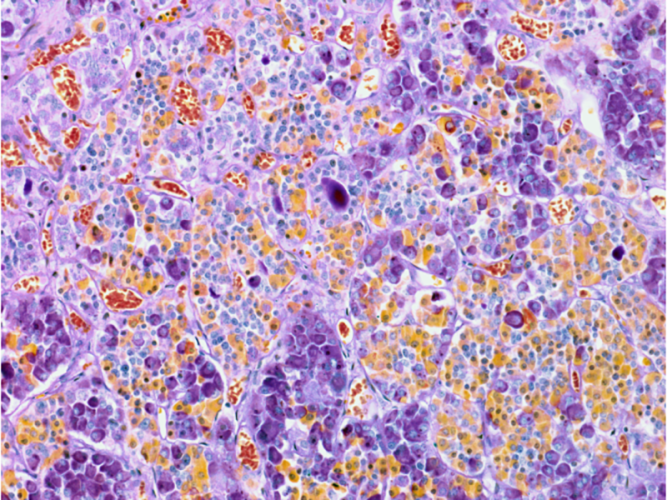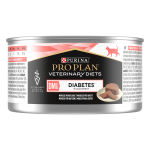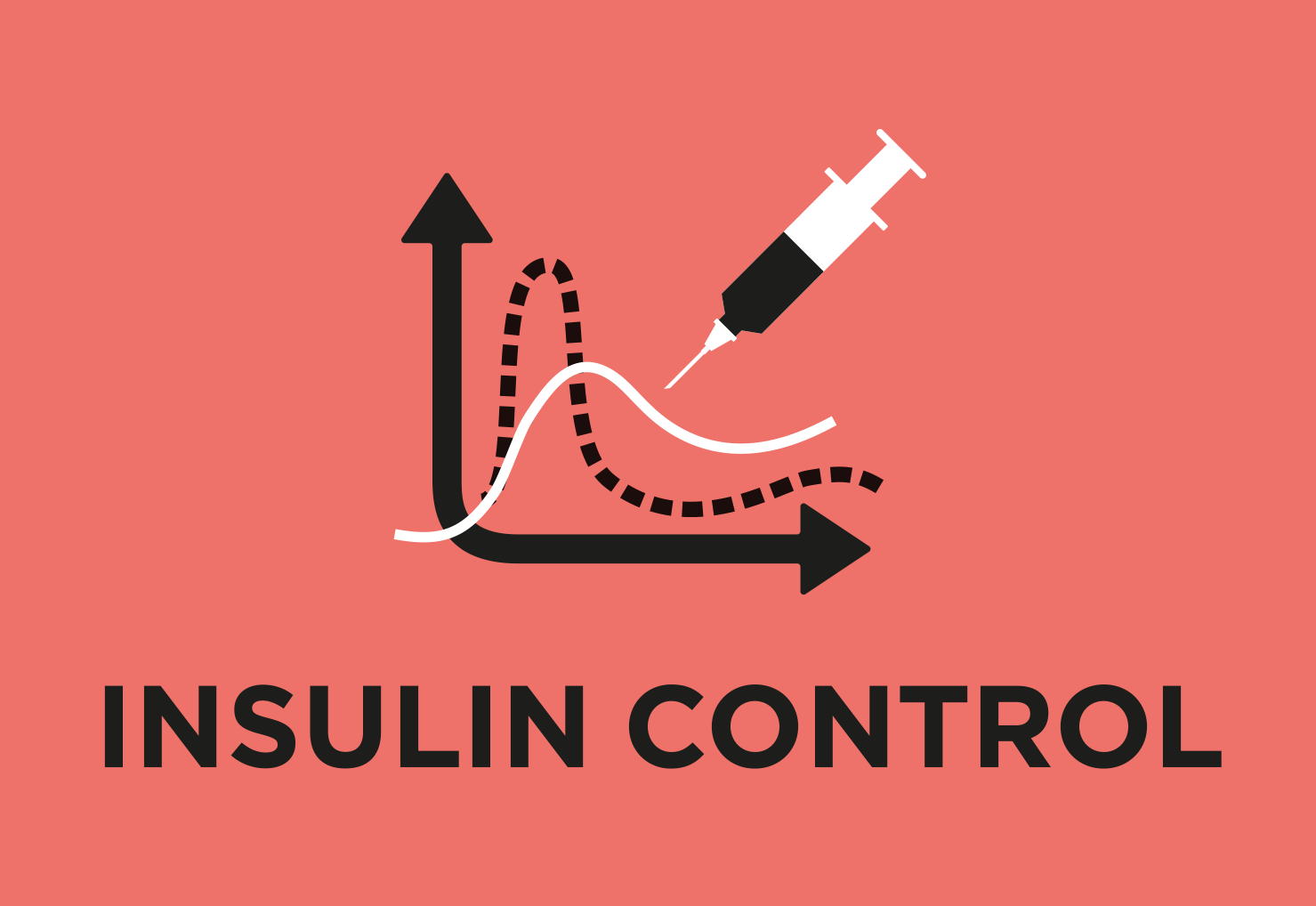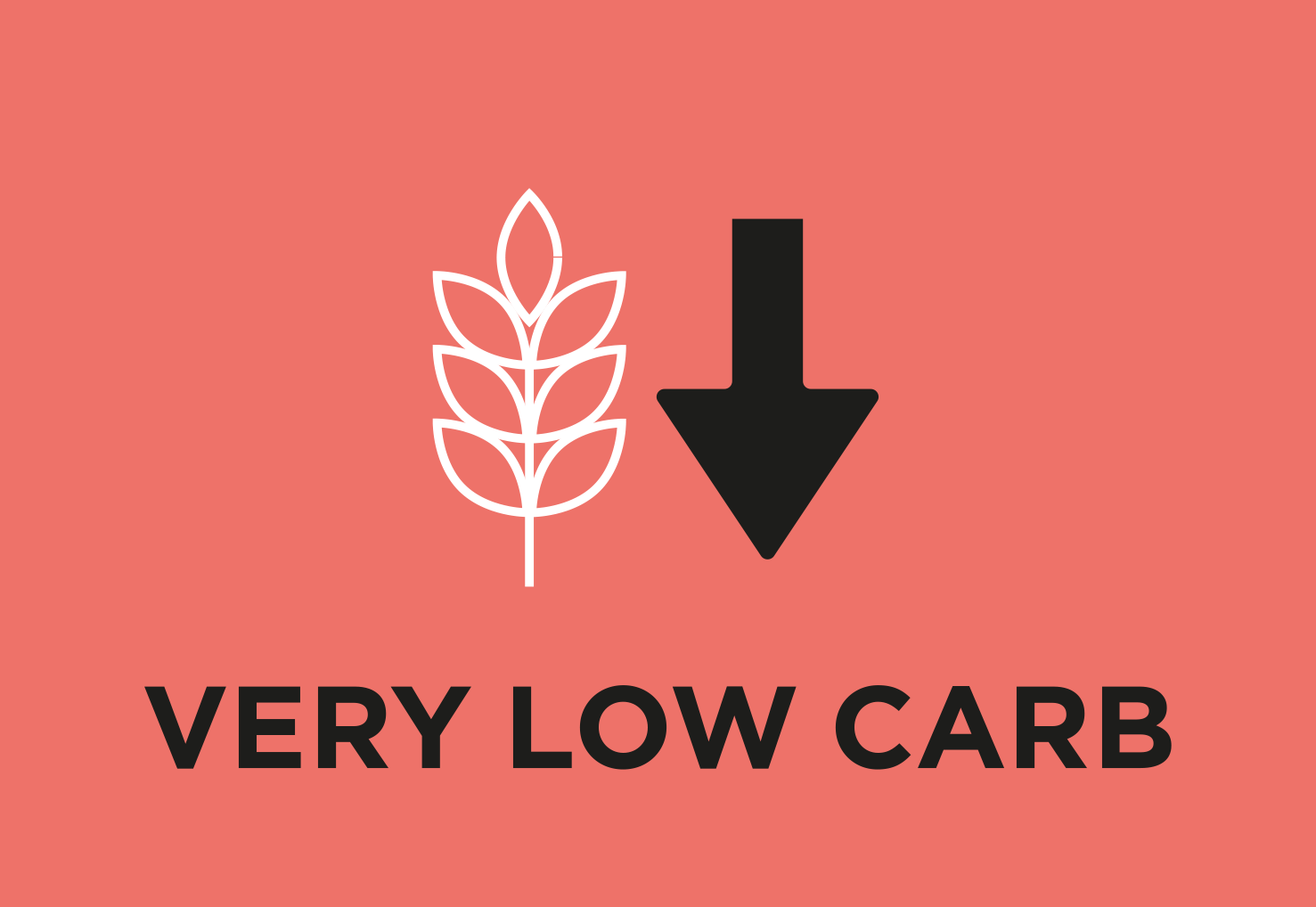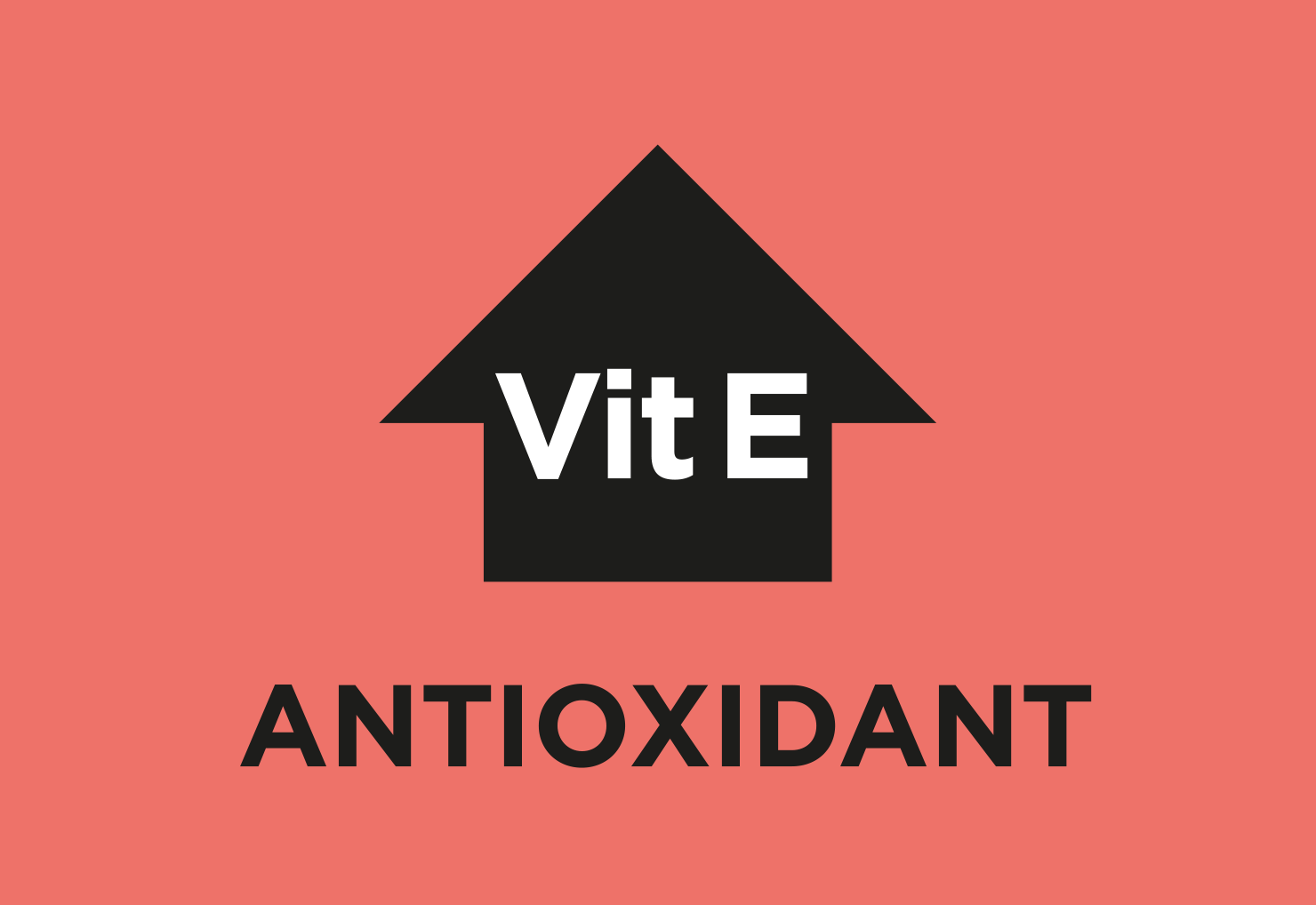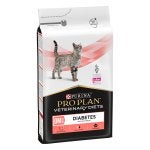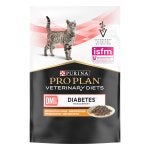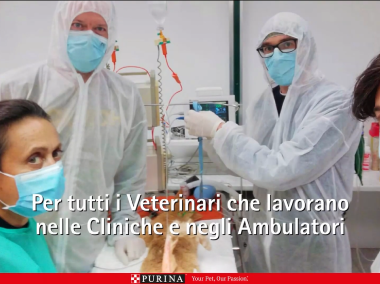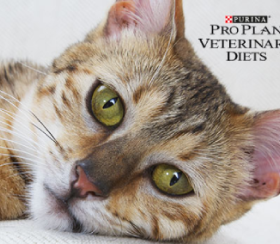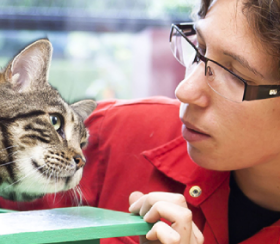The 2018 AAHA Diabetes Management Guidelines for Dogs and Cats gathers the updated review of treatment objectives, as well as medical and dietary recommendations for these patients. While they retain many components from earlier guidelines in clinical practice, there are some additional information that is more alligned to current expert opinion on achieving apteint control.
Diabetes mellitus (DM) is a disease characterized by an absolute or relative deficiency of insulin common in canine and feline medicine, while control and stability of the patient’s glucose levels is established as the main goal within the guidelines, the guidelines suggest a tailored care plan based on the severity of the disease as established by various clinical signs. They include recommendations for both veterinarians led strategies and home care from dietary care to home administration of insulin blood glucose levels monitoring. In addition to emphasizing the prevention of patients at risk of developing DM to avoid unnecessary insulin therapy in patients with transient hyperglycemia or mildly elevated blood glucose.
 purina: insieme è meglio
purina: insieme è meglio


